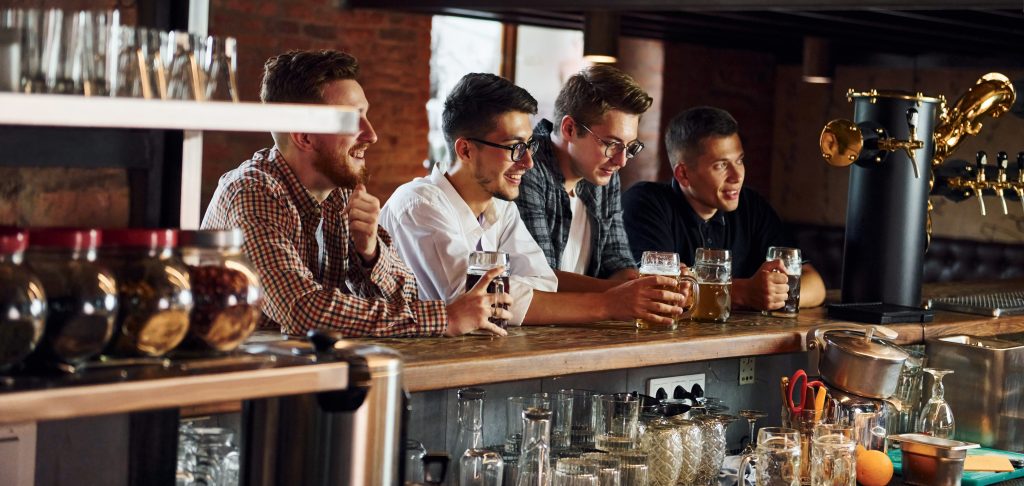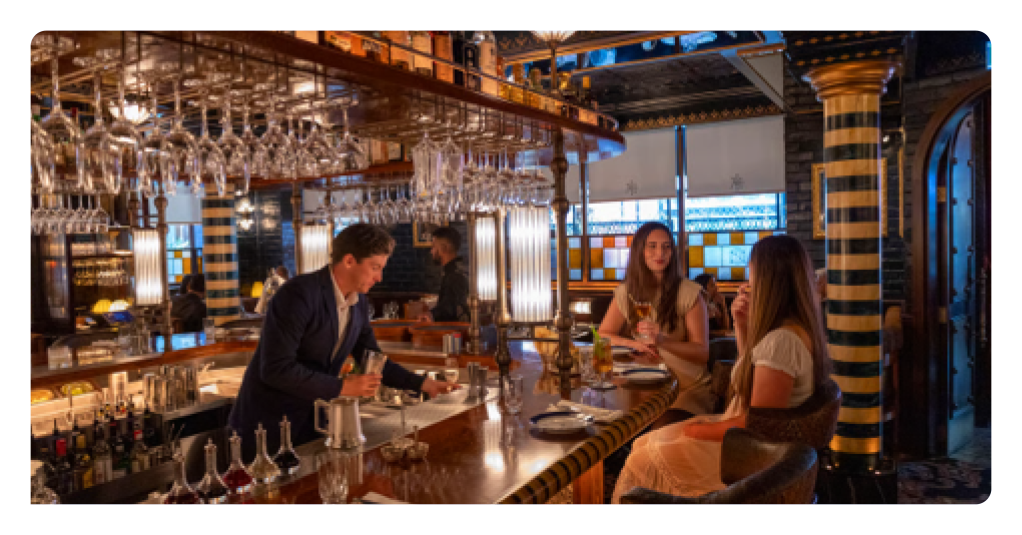Wine’s channel shake-up
The wine aisle has seen a reshuffling. While traditional grocery and liquor stores remain essential, convenience is quietly winning share—up 8.7% year over year. This is thanks to time-starved shoppers making decisions closer to the moment of consumption as well as the continued success of wine-based RTDs.
Yet, not all channels are created equal. Wine buyers still turn to liquor stores for the best selection, while convenience formats serve as quick, no-fuss pickup points. The category’s reliance on familiar channels underscores the need for brands and retailers to create a destination-like experience, regardless of where the purchase occurs.
Income matters—but so does identity
Wine continues to index strongly with higher-income households—a trend consistent across gender and age. This is good news for premium portfolios. But success in wine isn’t just about catering to affluence. It’s also about bridging generational gaps.
Boomers, long the backbone of the category, still dominate volume. But Gen Z (21+) is emerging as a cohort to watch. They now represent 9% of total wine-buying households. Their approach is different: fewer casual consumption moments, less brand familiarity, and more influence from displays and impulse cues.
Gen Z is redefining the shopper journey
This younger LDA group shops with purpose—56% of legal drinking age Gen Z’s wine purchases are pre-planned—but they’re also more open to discovery at the shelf or display. Only 30% report buying wine for casual home enjoyment, signaling an opportunity to reposition wine beyond special occasions.
Another challenge? Brand familiarity. Just over half of Gen Z wine shoppers have purchased the brand before—30 points lower than Boomers. Educating and engaging these consumers is no longer optional; it’s a strategic imperative.
What’s next for wine?
The category is grappling with a -10% dip in case volume sales over two years, despite stable promotional support. With unit prices up just 1%, the path forward requires more than discounting. It demands creativity, storytelling, and cross-generational resonance.
From leaning into RTD formats that align with Gen Z’s casual, ready-to-drink preferences, to meeting shoppers where they are—digitally, emotionally, and physically—brands must rethink what it means to sell wine in 2025.
The bottom line: no generation is off limits. But each one wants something a little different from their wine experience.
Want to dive deeper?
Download the full 14-page Generations on Tap report for insights by channel, gender, and occasion.




